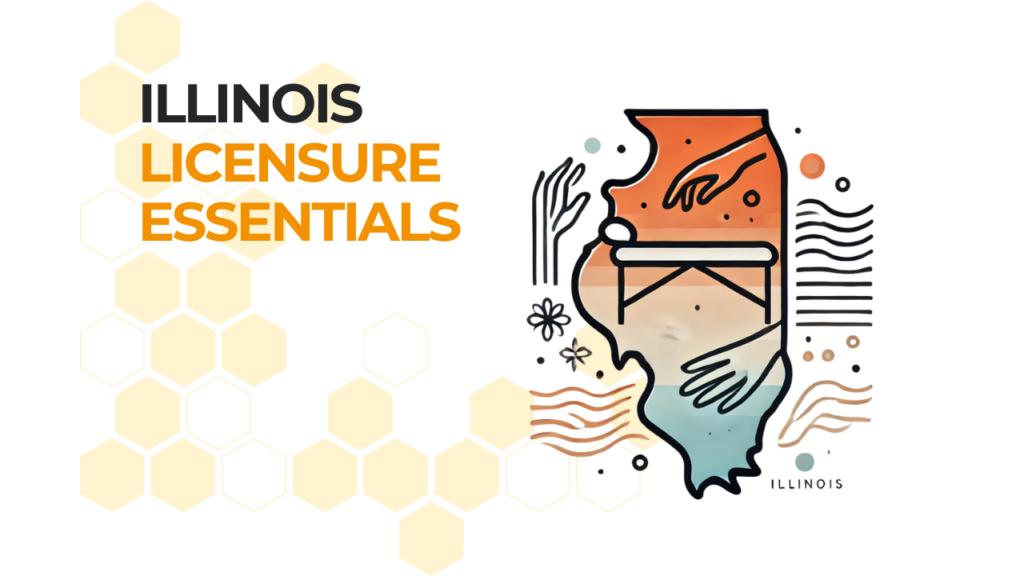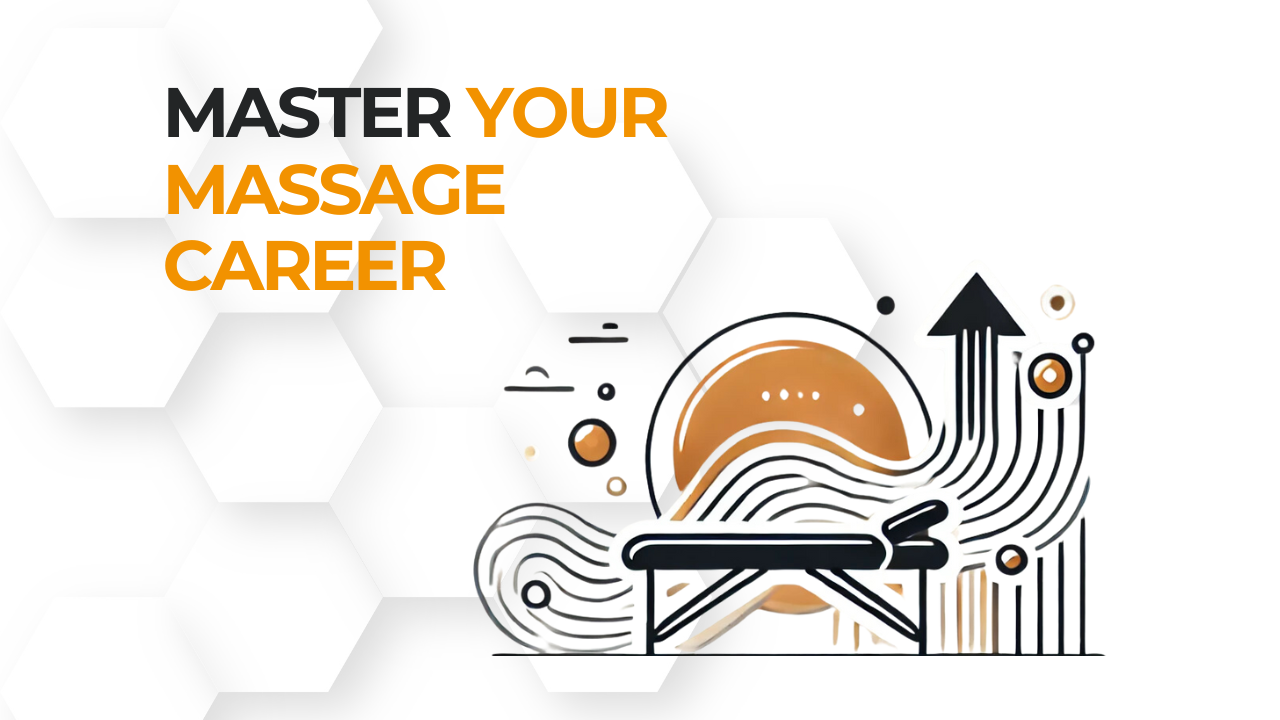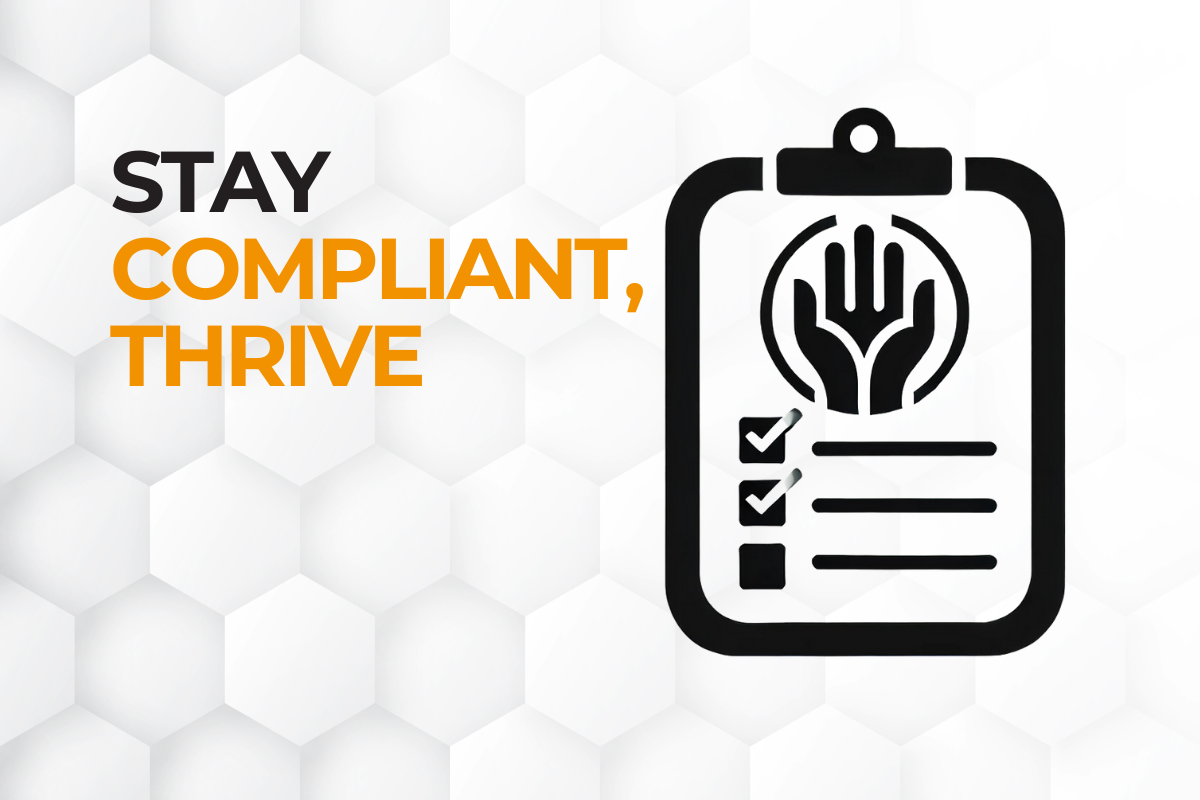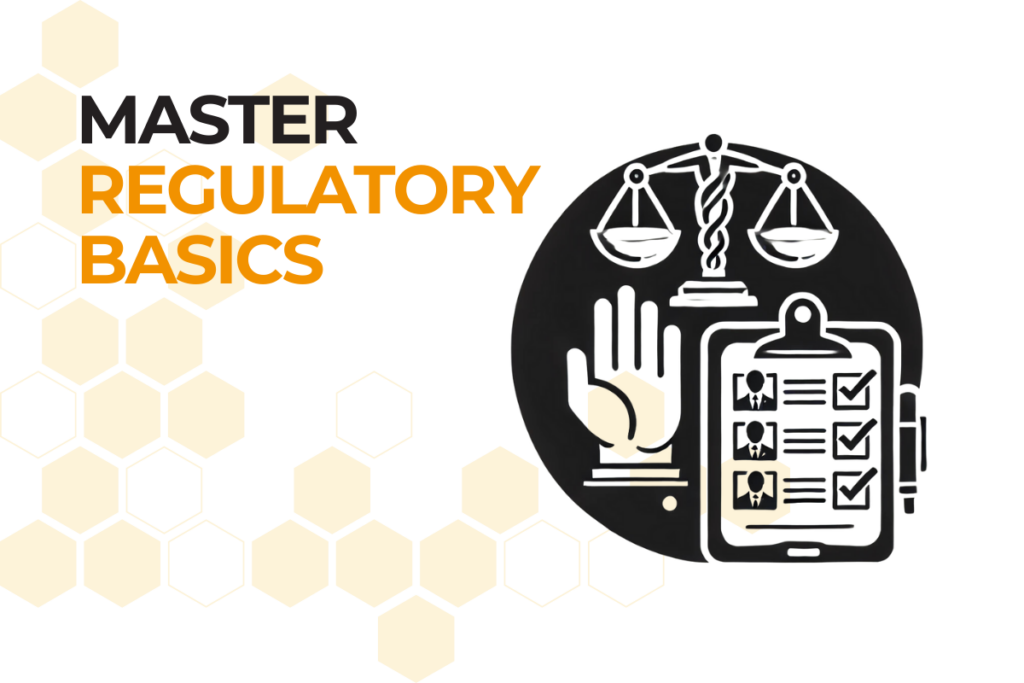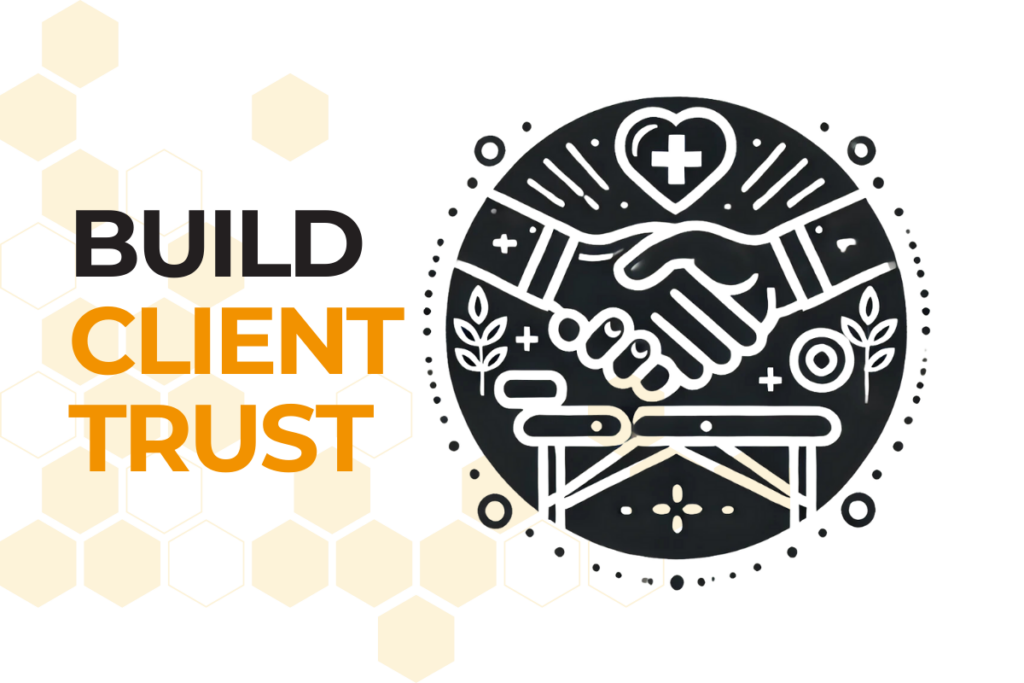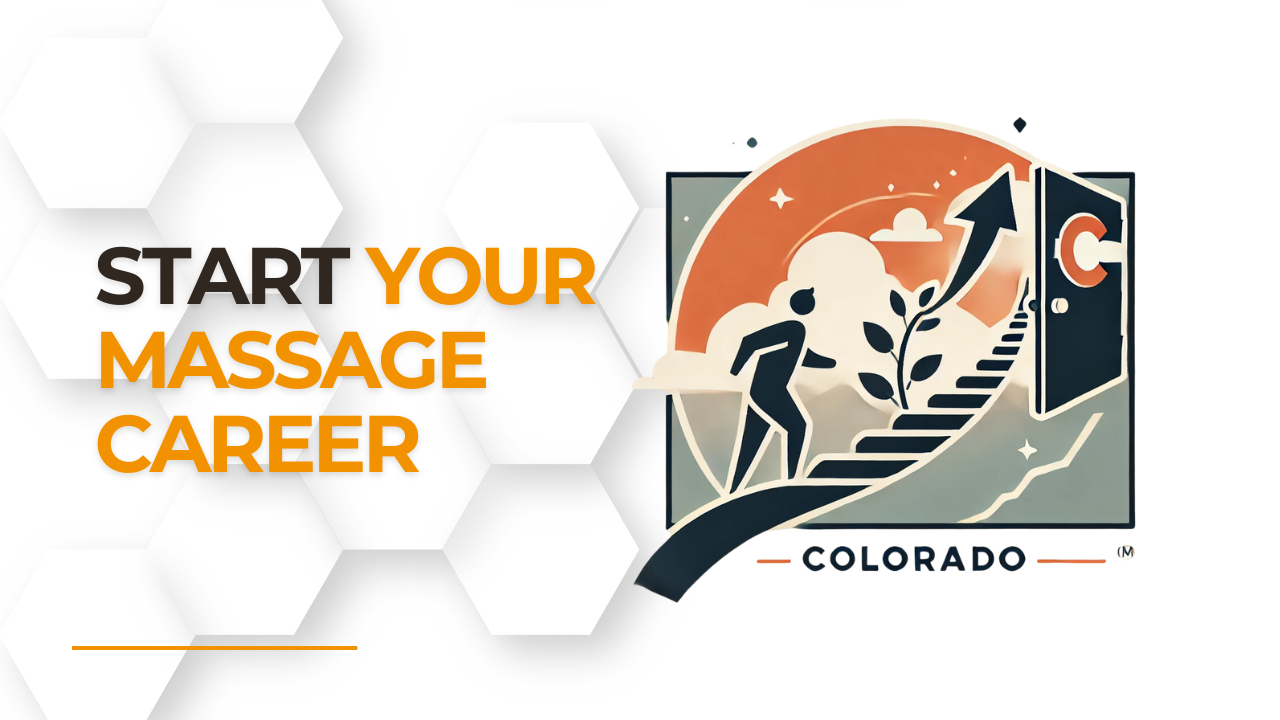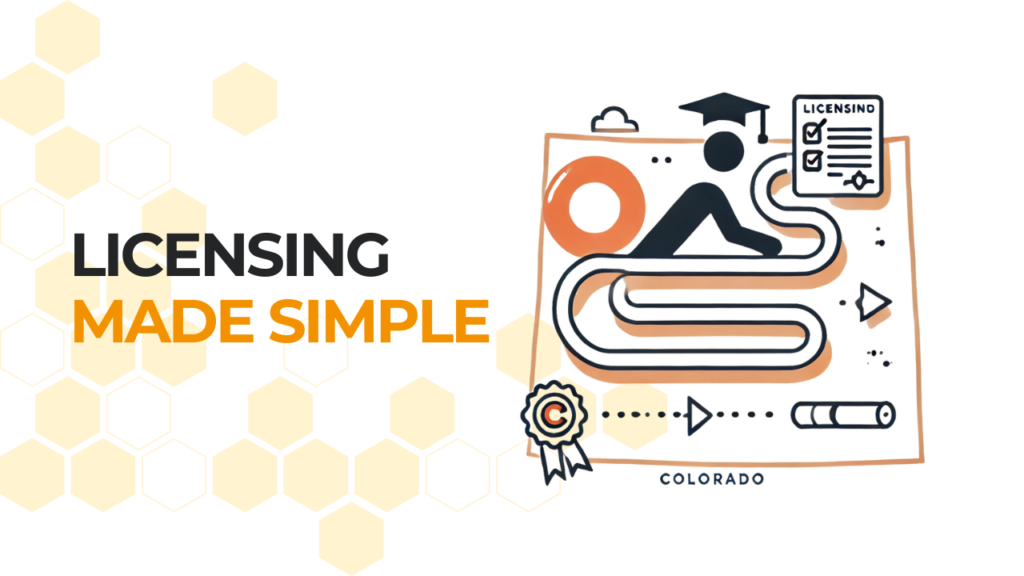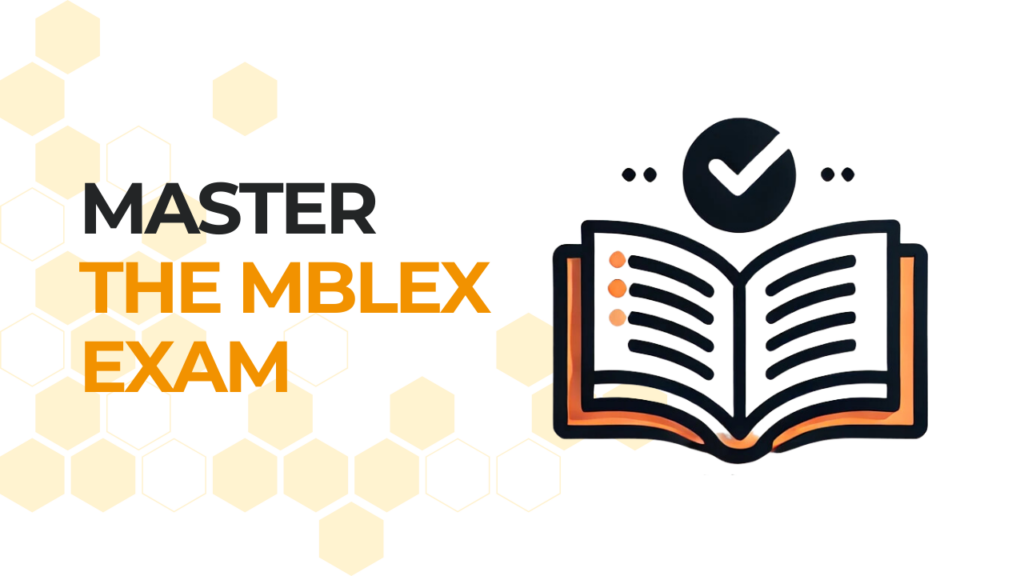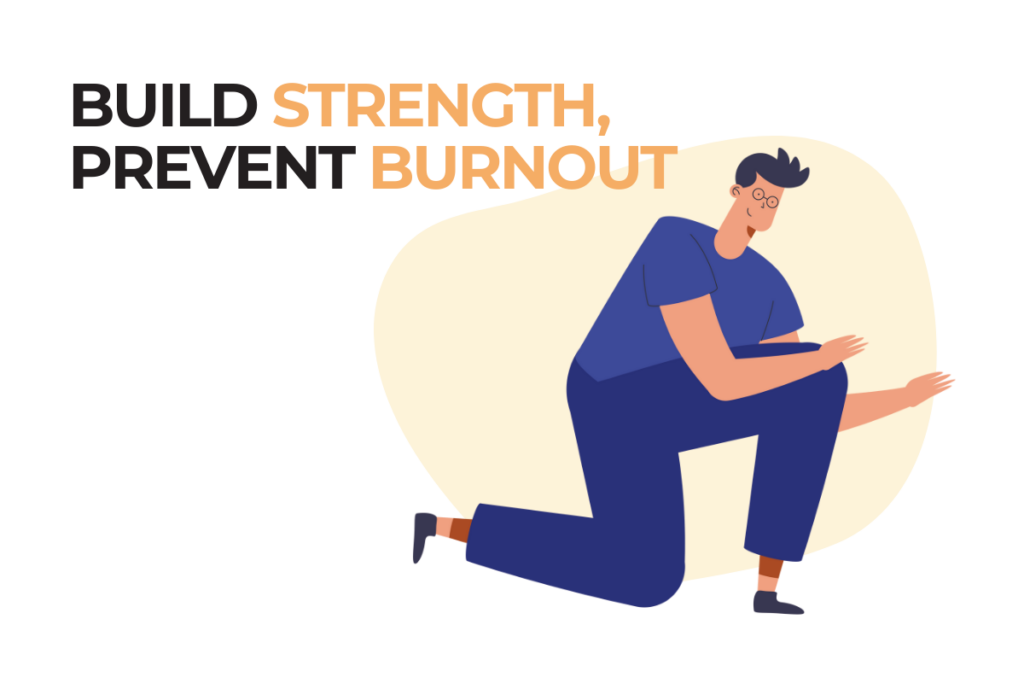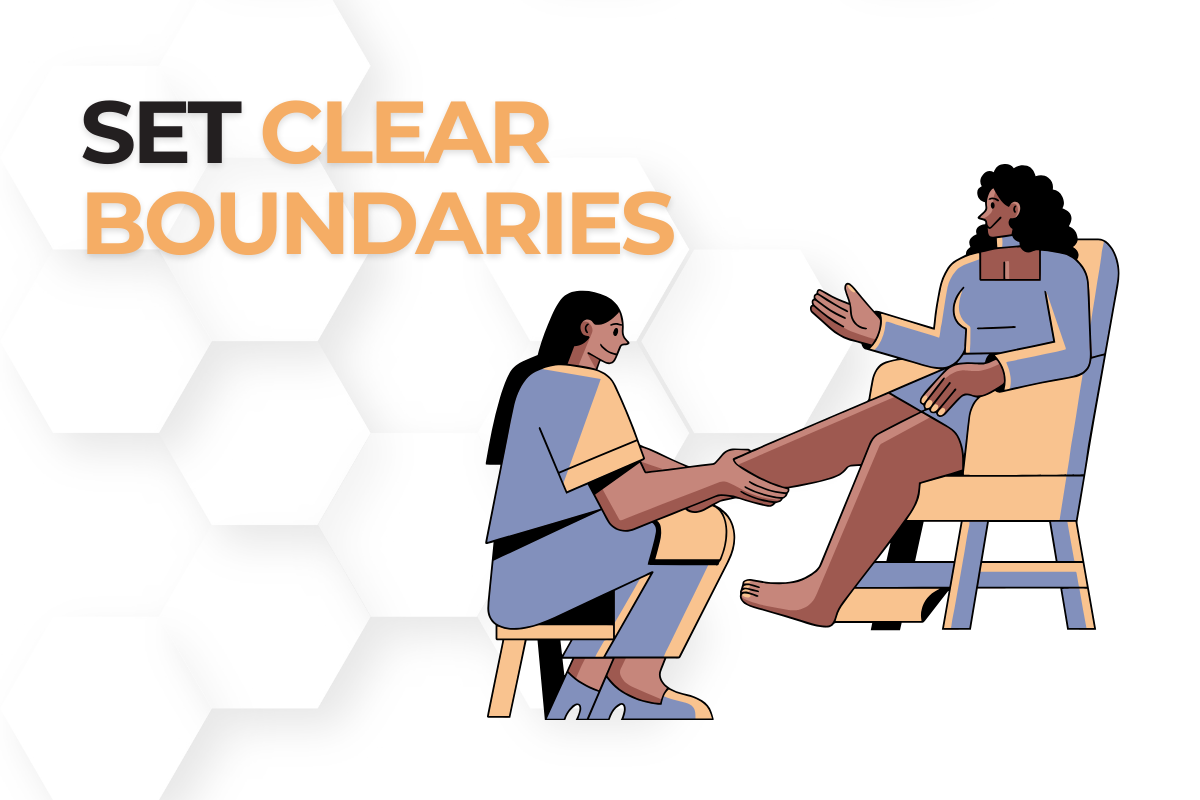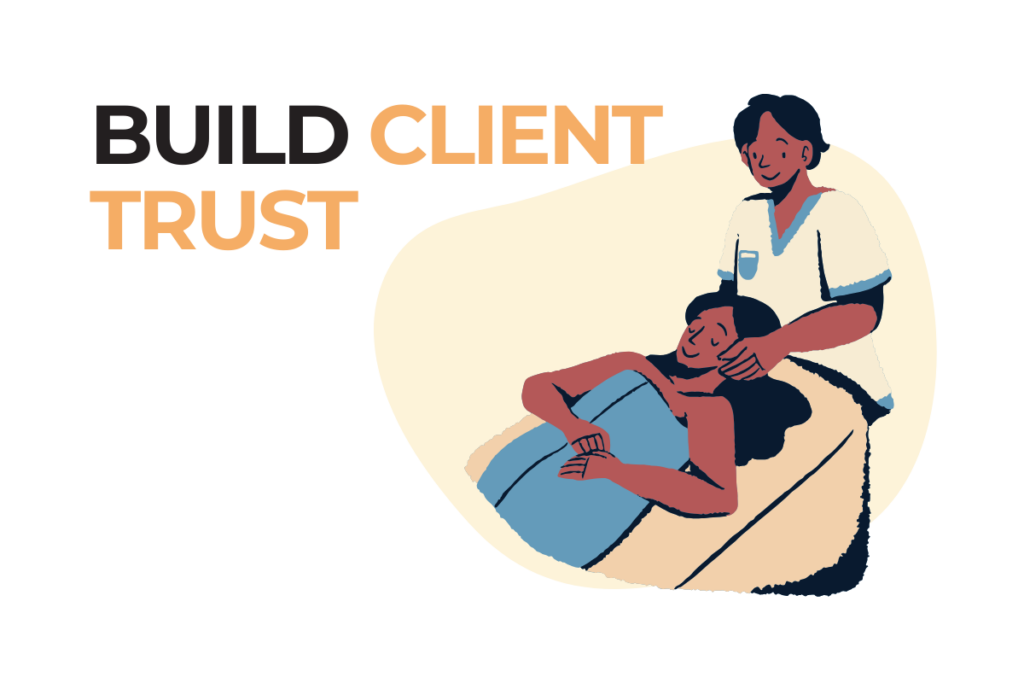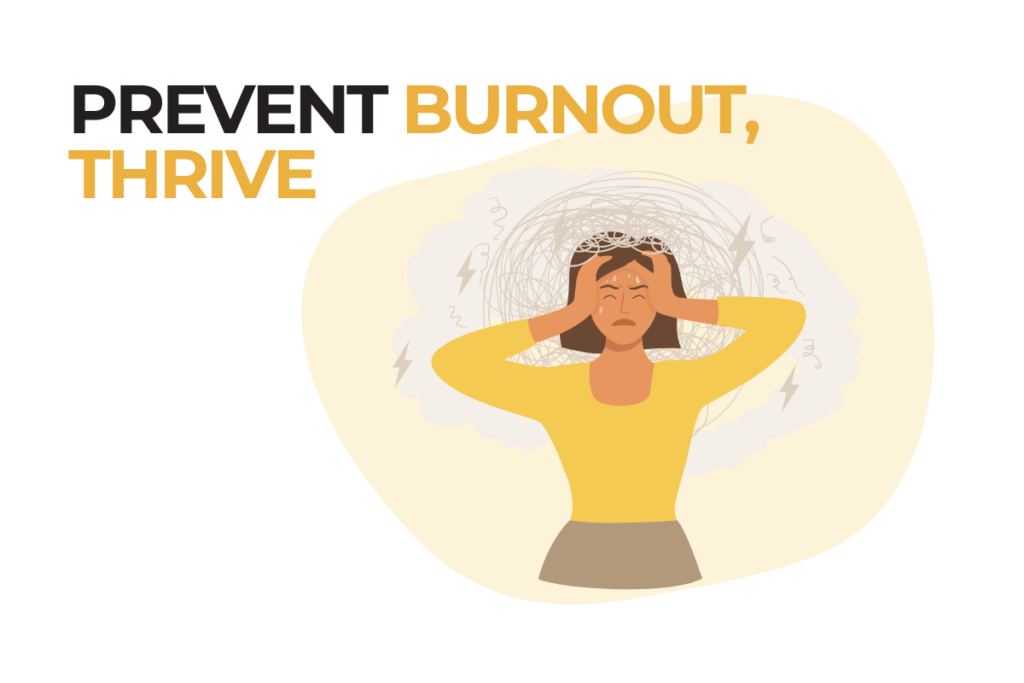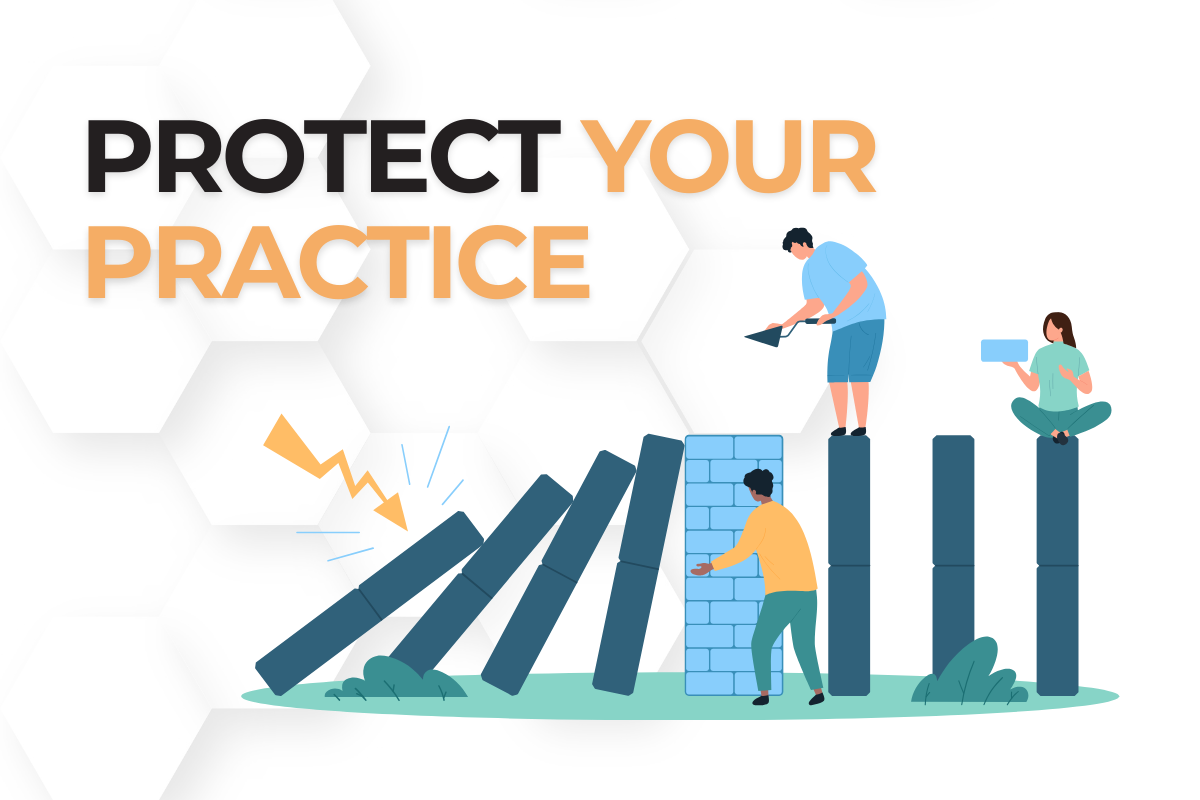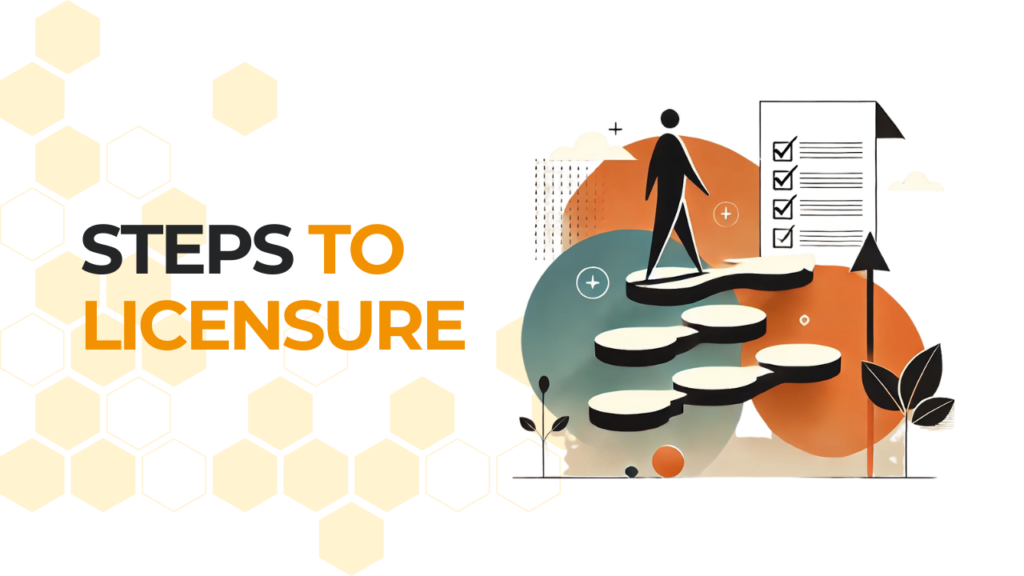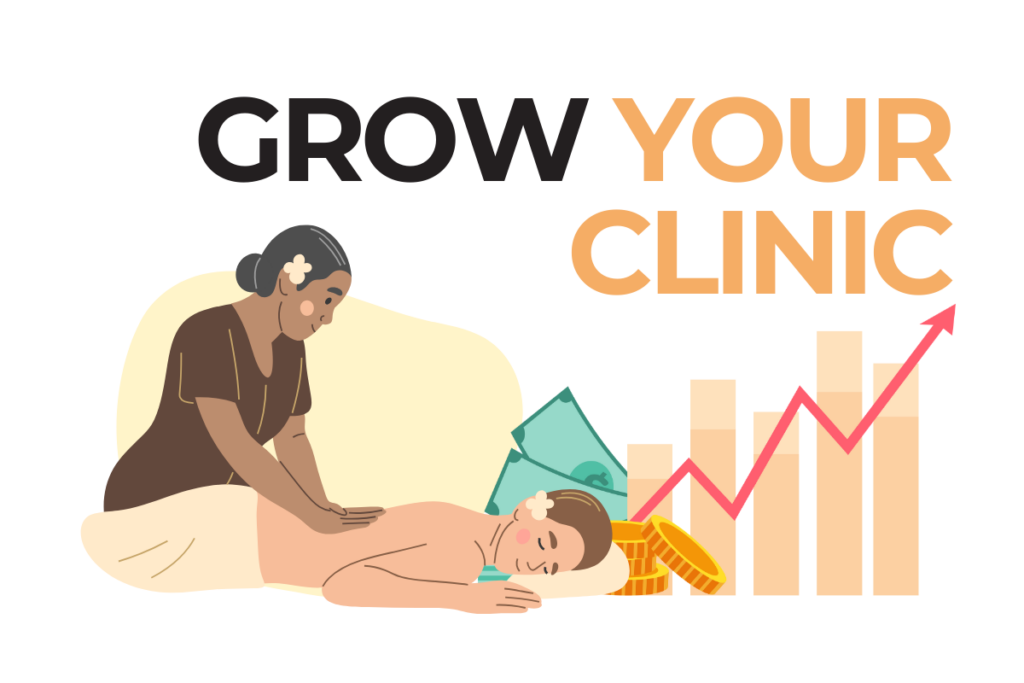Prevent Burnout and Injury with Exercises Designed to Keep RMTs at Their Best
As a Registered Massage Therapist (RMT), you’re well aware of the risk of RMT injury and the physical toll your work can take. The repetitive movements, sustained pressure, and constant focus on posture create significant strain on your forearms, shoulders, back, and wrists. This can lead to chronic pain, fatigue, and even long-term injuries that not only hinder your performance but may jeopardize your career longevity. Yet, maintaining peak physical condition through targeted exercises can help you build resilience, reduce your risk of injury, and sustain a long, rewarding career.
This article provides a selection of essential exercises and self-care tips designed to keep RMTs at their best. From strengthening key muscle groups to enhancing flexibility and improving recovery, these strategies will empower you to stay strong, pain-free, and passionate about your work. With regular practice, these exercises can help prevent burnout, boost endurance, and protect your body, ensuring you’re ready to provide quality care to every client—without compromising your own health.
Understanding the Unique Physical Challenges of RMTs
Repetitive Strain Injuries (RSIs)
Repetitive motions in massage therapy frequently lead to RSIs, such as carpal tunnel syndrome and tendonitis. Without preventive measures, these injuries can worsen, causing chronic pain and limiting your ability to perform effectively.
Muscle Fatigue and Overuse
Sustained sessions can lead to severe muscle fatigue. Over time, repeated overuse without recovery can result in injuries that keep you from doing your job.
Postural Imbalances
Maintaining the right posture is essential, yet challenging, in massage therapy. Improper posture can create muscle imbalances, leading to discomfort and long-term issues if left unaddressed.
The Importance of a Tailored Exercise Regimen
Enhancing Muscular Strength and Endurance
A well-designed exercise routine builds resilience against daily physical demands, helping prevent fatigue and improving performance. A focus on endurance training is crucial for RMTs who work long sessions.
Improving Flexibility and Range of Motion
Flexibility exercises are vital for keeping joints and muscles limber, especially for hands, wrists, and shoulders. Increased flexibility not only reduces injury risk but also enhances your comfort and precision during sessions.
Promoting Postural Alignment
Core-strengthening exercises and postural drills can correct existing imbalances and prevent new ones, helping you maintain good posture throughout each session.
Essential Exercises for RMTs to Sustain a Long Career
In the physically demanding world of massage therapy, maintaining strength, flexibility, and endurance is crucial for reducing fatigue and preventing injuries. Integrating these exercises into your regular routine will help you build resilience, improve technique, and enhance the longevity of your career.
Strengthening the Upper Body
Your forearms, wrists, and shoulders are especially vulnerable to strain from the repetitive motions involved in therapeutic massage. Prioritizing upper body strength and stability can help you maintain effective pressure and minimize overuse injuries.
Forearm and Wrist Strengtheners
Maintaining forearm and wrist strength is essential to applying consistent pressure in each session without compromising joint health.
- Wrist Curls: Hold a lightweight dumbbell in one hand, rest your forearm on a stable surface with your wrist hanging off the edge, and slowly curl your wrist upward. Hold briefly, then lower. Repeat for 10-15 reps on each side to build endurance.
- Grip Training: Using a stress ball or hand gripper, perform squeezing exercises to improve hand and wrist endurance. This training supports sustained grip strength, reducing fatigue in long sessions.
Shoulder Stabilization Workouts
Strong, stable shoulders are essential to prevent RMT injury and maintain efficient movement patterns while working with clients.
- Scapular Retractions: Extend your arms forward, then pinch your shoulder blades together as if trying to hold a pencil between them. This move activates the stabilizing muscles around your shoulder blades, supporting better posture during massages.
- Shoulder Presses: With light dumbbells, press weights from shoulder height to overhead to engage shoulder muscles without excessive strain. Perform 8-12 reps to enhance muscle strength and endurance.
Core Stability and Lower Back Support
A stable core and strong lower back support not only relieve strain during sessions but also improve balance and posture, essential for effective body mechanics.
Core Engagement Drills
A strong core reduces the burden on your lower back, helping you maintain good posture for hours.
- Planks: Hold a plank position, focusing on keeping your body straight and drawing your belly button toward your spine. Start with 30-second holds, gradually increasing as your strength improves. Planks enhance full-body stability and protect your back during sessions.
- Abdominal Bracing: Lying on your back, draw your navel towards your spine and engage your abdominal muscles without lifting your head or shoulders. This drill reinforces your core without stressing your back, allowing for quick activation during treatments.
Lower Back Strengthening
Building lower back strength reduces fatigue and improves overall endurance, letting you work comfortably for longer periods.
- Bird Dogs: Position yourself on all fours, then extend your right arm and left leg simultaneously. Focus on balance and control, and hold briefly before switching sides. Bird Dogs strengthen lower back stabilizers, which are vital for a balanced posture during massages.
- Lumbar Extensions: Lie face down, gently lift your chest off the floor while keeping your neck neutral. Hold for a few seconds, then lower. This exercise strengthens your lower back and reduces the risk of strain.
Lower Body Conditioning
Since massage therapy often involves prolonged standing and shifting body weight, strong and flexible legs and hips are essential for maintaining endurance and stability.
Leg and Foot Strengthening
Maintaining lower body strength helps with balance and reduces fatigue, supporting long hours on your feet.
- Calf Raises: Stand on the balls of your feet and slowly lower back down. Perform 15-20 reps to improve ankle stability and prevent soreness, which is especially beneficial for weight shifting during treatments.
- Foot Arch Exercises: Use a small ball underfoot, rolling it to strengthen the arch and relieve any tightness. A strong foot arch can help prevent foot pain from long sessions.
Hip Flexibility and Strength
Flexible and strong hips support good posture and reduce strain on your lower back, improving overall endurance.
- Hip Bridges: Lying on your back with knees bent, raise your hips toward the ceiling, squeezing your glutes. Hold briefly, then lower. This move enhances hip stability and glute strength, reducing the burden on your lower back.
- Lunges: Perform bodyweight lunges, alternating legs. Lunges engage the hips and legs, enhancing balance and stability, which are essential for maintaining body alignment during treatments.
By integrating these exercises into your weekly routine, you’ll not only protect your body from the demands of massage therapy but also improve your overall resilience, helping you perform at your best for years to come.
Integrating Stretching and Mobility Work
Dynamic Stretching for Warm-Ups
Dynamic stretches prepare muscles for work. Before sessions, perform shoulder circles, torso twists, and leg swings to activate your muscles.
Static Stretching for Cool-Downs
Cooling down is essential for recovery. After sessions, hold gentle stretches for shoulders, forearms, and lower back to promote relaxation and reduce muscle tension.
Incorporating Yoga and Pilates
Yoga and Pilates can improve flexibility, balance, and mental focus. Both help address postural imbalances and enhance physical endurance, making them ideal complementary practices.
Prevent RMT Injury: Practical Tips for Consistent Self-Care
Scheduling Regular Exercise Sessions
Consistency is key. Schedule 10–15 minutes daily or a longer session weekly to focus on targeted exercises. Small, consistent actions have a big impact over time. For RMTs looking to streamline both their self-care routines and their business operations, an efficient appointment scheduling system can help balance client load, allowing for dedicated time toward self-care.
Listening to Your Body
Pay attention to pain signals and take breaks when needed. Your body tells you when it’s time to rest—listening can prevent more severe issues down the line.
Seeking Professional Guidance
Consider working with a physiotherapist or certified trainer who can provide a customized exercise plan. A targeted regimen ensures you’re focusing on exercises that benefit your unique needs.
Leveraging Technology for Fitness
Fitness Apps and Online Resources
Consider apps that offer guided workouts tailored to your needs. Apps like Ace Fitness provide workouts focused on muscle strengthening, flexibility, and endurance.
Virtual Communities for Support
Connect with other RMTs or professionals in online forums for motivation, accountability, and tips. Hivemanager’s forums offer a space to share experiences and best practices with like-minded professionals.
Success Stories: RMTs Who Transformed Their Practice Through Exercise
Case Study 1: Overcoming Chronic Wrist Pain
One RMT found relief from chronic wrist pain by incorporating wrist curls, grip training, and shoulder stabilization exercises into their routine. With consistent practice, they were able to resume full sessions without pain.
Case Study 2: Extending Career Longevity
Another therapist extended their career by focusing on core stability and back-strengthening exercises, which reduced their lower back pain and improved overall endurance, allowing them to work longer hours with ease.
Building a Resilient Career Through Self-Care
As a massage therapist, your most valuable tool is your own body. Maintaining your physical health and mental well-being is essential to building a long-lasting, fulfilling career in this physically demanding field. By integrating self-care practices, such as strength exercises, flexibility routines, and mindful relaxation techniques, you can reduce the risk of injury, improve stamina, and continue delivering high-quality care to your clients.
Self-care is more than just a practice—it’s an investment in your career longevity and quality of life. Prioritizing your health allows you to stay energized, reduce burnout, and work with a clear, focused mind. Think of self-care as preventative maintenance that not only benefits you but also translates into more attentive, effective care for your clients.
Here are a few additional tips to consider:
- Set Boundaries for Work-Life Balance: Establish boundaries that protect your personal time. Carve out moments for yourself, whether it’s dedicated time for stretching, a quick meditation, or simply a few minutes to unwind between sessions.
- Mindful Movement for Recovery: Gentle yoga or Tai Chi can be powerful tools to release tension and improve flexibility without added strain. These practices focus on controlled movements that build awareness, which can enhance body mechanics and reduce stress.
- Prioritize Rest and Nutrition: Staying well-rested and nourishing your body with balanced meals are fundamental to maintaining energy and focus. Regularly review your schedule to ensure you’re getting enough rest between appointments.
- Seek Regular Supportive Treatments: Massage therapists also benefit from receiving bodywork. Schedule massages, chiropractic adjustments, or physiotherapy sessions to keep your body in peak condition.
Taking care of yourself today not only strengthens your ability to serve clients but also lays the groundwork for a resilient, sustainable career. By embracing these self-care practices, you’ll be able to continue doing the work you love, with confidence, for years to come.
FAQs
What exercises should RMTs focus on to prevent injury? RMTs should prioritize strengthening exercises for wrists, forearms, shoulders, and the core, as well as flexibility routines. Stretching and mobility exercises after sessions are also key for injury prevention.
How often should RMTs exercise to maintain peak condition? For consistency, aim for 10–15 minutes daily or a longer session two to three times per week. Consistency is more impactful than intensity for injury prevention.
Can technology help RMTs stay in shape? Yes, fitness apps and online resources offer guided exercises, tracking features, and community support, making it easier to follow a targeted routine.
Why is core stability important for RMTs? A strong core reduces lower back strain and helps maintain good posture, essential for performing long, physically demanding sessions.
